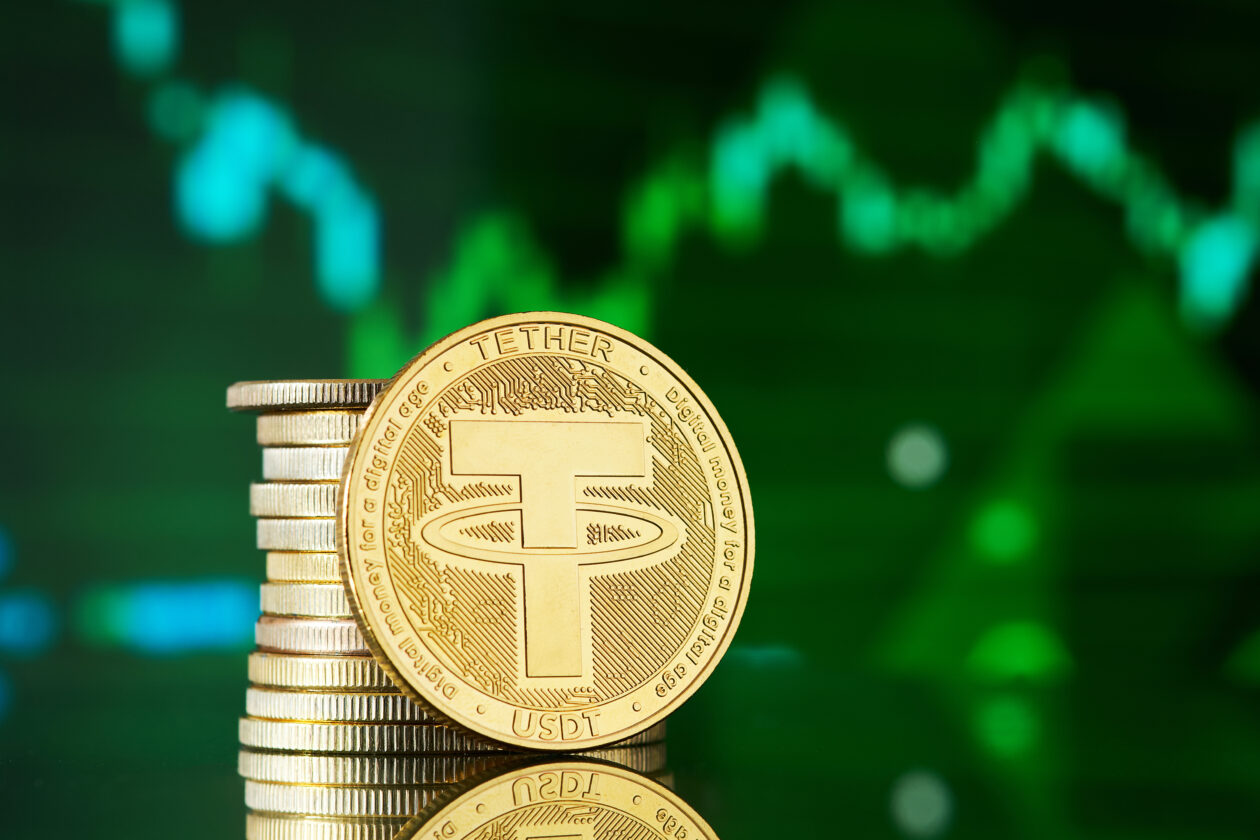Tether’s USDT, the largest stablecoin in the world by market capitalization, is growing in popularity in the underground banking and money laundering infrastructure in East and Southeast Asia, according to a new United Nations report.
The report, released by the UN Office on Drugs and Crime (UNODC) on Monday, points out a significant shift in the landscape of cryptocurrency misuse. Tether’s ease of transfer and widespread acceptance have made it a magnet for those looking to obscure the origins of illicit funds.
The UNODC report breaks down the mechanics of how Tether is being used to facilitate illegal activities. The anonymity provided by cryptocurrencies, combined with the lack of stringent regulations, creates a fertile ground for money launderers and scammers to operate with relative impunity.
This trend has been particularly noted in the online casino industry, where USDT transactions have become increasingly common, UNODC added.
The UN report comes as Tether continues to face increasing scrutiny from authorities around the world.
In China, the world’s second-largest economy where cryptocurrency trades are banned, the Supreme People’s Procuratorate, the nation’s highest prosecutorial authority, has warned the public against the use of USDT in late December. Meanwhile, in the U.S., the world’s largest economy, lawmakers introduced a bill in November that would essentially prohibit government officials from transacting with Tether’s parent firm, iFinex.
USDT is the world’s third-largest cryptocurrency behind only Bitcoin and Ethereum with a market capitalization of over US$95 billion, according to data from CoinGecko.
USDC, the world’s second-largest stablecoin behind USDT, has a market cap of US$25.5 billion. Circle, the issuer of USDC, last week, confidentially filed paperwork with the U.S. Securities and Exchange Commission for an initial public offering.




